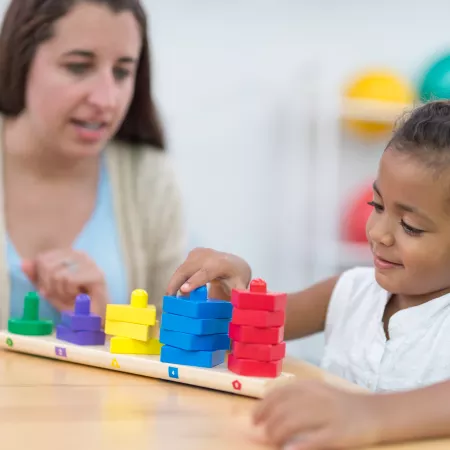Occupational therapy service design
We’ve developed a range of resources to support the design and delivery of high-quality occupational therapy services for children, young people and families.
Key components
A high-quality occupational therapy service for children and young people would be one in which:
- Occupation and participation are prioritized – in the way the service is described, needs are assessed, interventions offered, and impact demonstrated.
- A strengths-based approach is taken – fostering self-awareness and self-management.
- Criteria and pathways for accessing occupational therapy expertise are clearly articulated and communicated.
- A balance of provision is offered at universal, targeted and individualised levels.
- A robust triage system is used – identifing the level and type of support a child or young person needs, first time.
- The service is accessible – located where children, young people and families are, and designed to meet people’s cultural, communication and other needs.
- Staff have the skills and expertise to meet the needs of the population served.
- Practice is evidence-based.
- Outcome data is collected and used – improving the quality of care and inform service development.
- A partnership approach is taken – health, education and care services are joined-up, sustainable and meet children and young people’s needs without duplication or delay.
- Services and resources are co-produced with young people and families – they meet the needs of people who access them.
